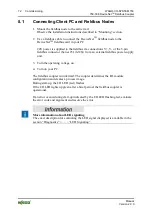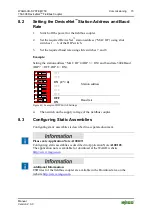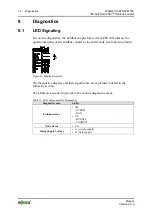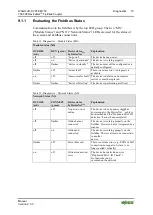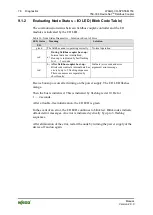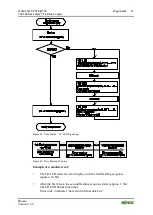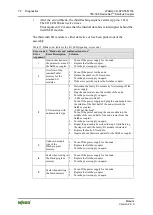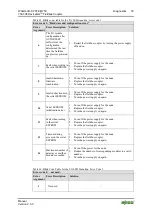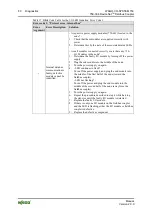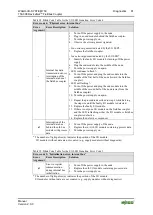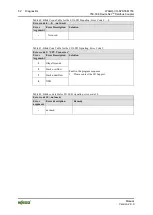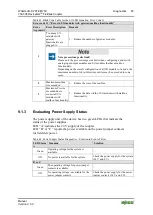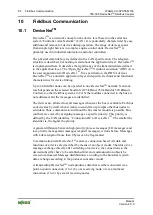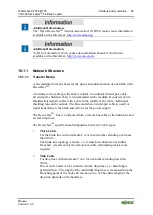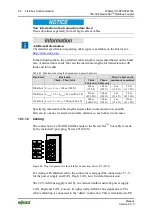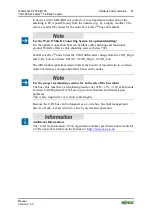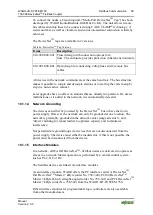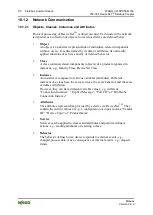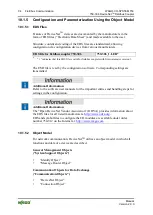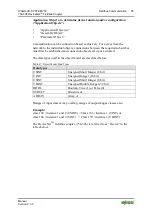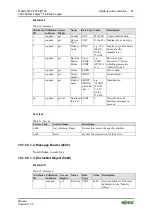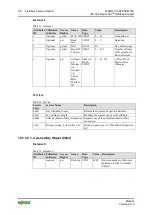
WAGO-I/O-SYSTEM 750
Fieldbus Communication
85
750-306 DeviceNet
TM
Fieldbus Coupler
Manual
Version 2.0.0
Additional Information
The “Open DeviceNet
TM
Vendor Association” (ODVA) makes more information
Additional Information
“CAN in Automation” (CiA) makes documentation about CAN networks
available on the Internet at:
10.1.1
Network Structure
10.1.1.1 Transfer Media
A bus medium forms the basis for the physical implementation of a network with
DeviceNet
TM
.
According to the cable specification, a double 2-conductor twisted pair cable
(twisted pair, shielded cable) is recommended ad the medium. It consists of two
shielded twisted-pair cables with a wire in the middle of the cable. Additional
shielding runs on the outside. The blue and white twisted-pair cable is used for
signal transmission, the black and red one for the power supply.
The DeviceNet
TM
- bus is configured from a remote bus cable as the trunk line and
several drop lines.
The DeviceNet
TM
specification distinguishes between 2 cable types:
•
Thick Cable
For the trunk line with maximum 8 A or for networks extending over more
than 100 m.
The trunk line topology is linear, i.e., remote bus cables are not further
branched. At each end of the remote bus cable, terminating resisters are
required.
•
Thin Cable
For drop lines with maximum 3 A or for networks extending less than
100 m.
One or more nodes can be connected to the drop lines, i.e., branching is
permitted here. The length of the individual drop lines is measured from the
branching point of the node and can be up to 6 m The entire length of the
drop line depends on the baud rate.


